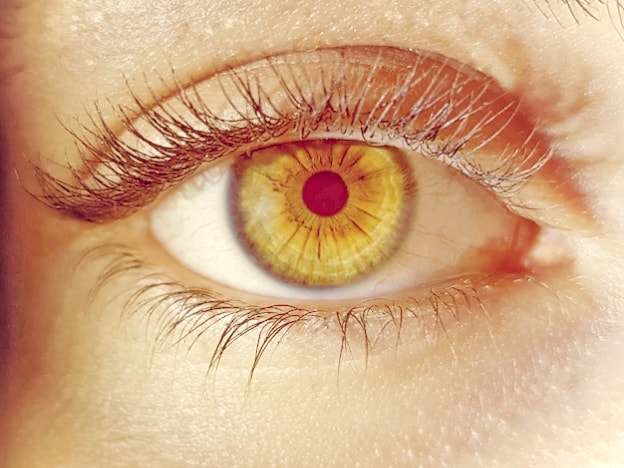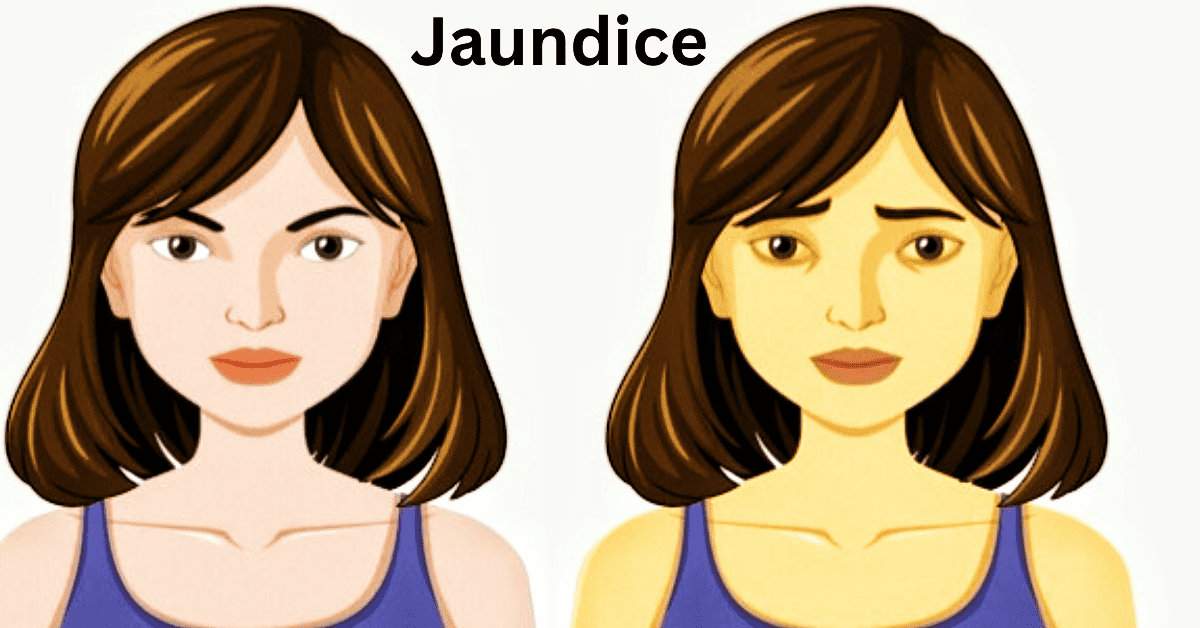in this article Cure Jaundice In Five Steps.
I. Jaundice Definetion
Jaundice is not something you want to take lightly. It might sound like a fancy word, but it’s a serious condition that can be life-threatening if not treated properly. When we hear the word jaundice, we tend to think of yellow eyes and skin. However, it’s much more than that

Jaundice is actually caused by an excess of bilirubin in the blood. Bilirubin is a yellow pigment that is produced when red blood cells break down. It’s then removed from the body by the liver. If the liver isn’t functioning properly, bilirubin can build up in the blood, leading to jaundice.
As mentioned earlier, one of the most notable symptoms of jaundice is yellowing of the skin and eyes. This happens when bilirubin builds up to a certain level in the blood, causing it to leak into surrounding tissues. Additionally, jaundice can also cause fatigue, abdominal pain, and vomiting, among other symptoms.
There are a few different causes of jaundice. One is liver disease, which can result from alcohol abuse, hepatitis, or certain types of medications. Another cause is a blockage of the bile ducts, which can be caused by gallstones or tumors. Finally, some newborns can develop jaundice, which is usually harmless but still needs to be monitored.
So, now that we know a bit about jaundice, what can we do to prevent it? Public health initiatives are aimed at encouraging people to avoid excessive alcohol intake, as well as to get vaccinated against hepatitis A and B. Additionally, getting regular check-ups with your doctor can help catch liver disease early, which can be critical for saving your life.
In conclusion, jaundice is a serious condition that requires proper treatment. Although it can be scary, understanding what causes it and how to prevent it can go a long way in keeping you healthy. So, take care of your liver, and it’ll take care of you!
II. Causes of Jaundice Liver diseases and conditions
Jaundice is a condition that affects many people across the world. It is characterized by yellowing of the skin and whites of the eyes due to an accumulation of bilirubin in the body. Bilirubin is a yellow compound that is produced when old red blood cells are broken down by the liver.
There are several causes of jaundice, but liver diseases and conditions are among the most common. The liver is a vital organ that performs many functions, including filtering toxins from the blood, producing bile, and breaking down fats and carbohydrates.
Liver diseases and conditions that can lead to jaundice include hepatitis, cirrhosis, and liver cancer. Hepatitis is an inflammation of the liver caused by a viral infection, while cirrhosis is a condition in which the liver becomes scarred and loses its ability to function properly. Liver cancer can also cause jaundice by blocking the bile ducts that carry bile from the liver to the small intestine.
Other causes of jaundice include hemolytic anemia, a condition in which red blood cells are destroyed at an abnormally high rate, and Gilbert syndrome, a genetic condition that affects the way the liver processes bilirubin.
If you have jaundice, it is important to see a doctor to determine the underlying cause of the condition. Treatment will depend on the cause and may involve medications, lifestyle changes, or surgery.
While jaundice may not be a laughing matter, it is important to approach the topic with a sense of humor. After all, laughter is the best medicine – even for jaundice! So let’s dive into the world of liver diseases and conditions to understand the causes of jaundice in a fun and informative way.

III. Jaundice Symptoms In Adults
Jaundice is a common medical condition that affects people of all ages. It occurs when there is an excess amount of bilirubin in the blood, which causes the skin and eyes to turn yellow. Although some cases of jaundice may be mild and go away on their own, other cases may require medical attention. In this blog, we’ll take a closer look at the symptoms of jaundice, what causes it, and when to seek medical help. But first, let’s inject a bit of humor to make this topic a little less… yellow (pun intended).
Jaundice is like a transformer, but instead of turning into a car, you turn into a canary. Don’t worry; there are no magical powers involved, just a lot of bilirubin. You might start emitting a yellowish glow, which might make it seem like Halloween all year long! But, of course, we’re not here to joke around; we’re here to learn. So, let’s get serious and dive into the symptoms of jaundice.
lV. Diagnosis and Treatment of Jaundice
Jaundice, the condition that turns your skin and eyes yellow, is not a laughing matter. However, understanding its causes, symptoms, and treatment can help ease the worry that comes along with it.
Jaundice arises when there is an excess of bilirubin in the blood. Bilirubin is a substance produced from the breakdown of red blood cells. Under normal circumstances, the liver eliminates bilirubin from the bloodstream. When the liver is unable to do so, bilirubin accumulates, causing the yellowing of the skin and eyes.
Numerous factors can cause jaundice, including liver diseases, hepatitis, anemia, and even hereditary conditions. Identifying the underlying cause is the first step in treating jaundice effectively.
Symptoms of jaundice also include fatigue, weakness, nausea, abdominal pain, and fever. If any of these symptoms persist, it is advisable to seek medical attention immediately.
Treatment for jaundice involves addressing the underlying cause. For mild cases, rest, a healthy diet, and ample hydration are often enough to rectify the condition. In severe cases, treatment may involve medications such as corticosteroids and immunosuppressants or even surgery.
In conclusion, jaundice is a condition that requires prompt medical attention. Understanding the causes, symptoms, and available treatments, including the use of a liver cleanse, is critical to managing the condition effectively. So, don’t ignore your symptoms or underestimate the role of prevention. After all, as they say, prevention is far better than cure.
V. Complications and Prevention of Jaundice
Jaundice is a common condition that affects people of all ages, from infants to adults. It is characterized by a yellowish tint to the skin and the whites of the eyes, caused by an excess buildup of bilirubin in the bloodstream. While jaundice is typically a harmless condition that resolves on its own, it can be a sign of underlying health issues or complications if left untreated.
Complications of jaundice may vary depending on the cause, and can range from mild to severe. One of the most common complications is dehydration, which can occur due to poor fluid intake, vomiting, or diarrhea. Other complications include liver damage, hepatic encephalopathy (a brain disorder caused by liver failure), sepsis, enlarged spleen, and rarely, cancer.
Prevention of jaundice is essential, as it can often be a symptom of an underlying condition that requires immediate medical attention. Leading a healthIII. Symptoms of Jaundicey lifestyle that includes a balanced diet and regular exercise may help prevent liver damage and reduce the risk of developing jaundice. It is also important to avoid excessive alcohol consumption, which can damage the liver and contribute to the development of liver disease.
While jaundice can be a cause for concern, the good news is that it is usually a treatable condition. With proper medical care and attention, many people are able to recover from jaundice and avoid complications. It is important to stay informed about the symptoms and causes of jaundice, and to seek medical attention if you are experiencing any of these symptoms. Remember, a healthy liver is essential to overall health and well-being, so take steps to protect and care for this vital organ
–: Jaundice :Cure Jaundice In Five Steps
4 thoughts on “Jaundice :Cure Jaundice In Five Steps”